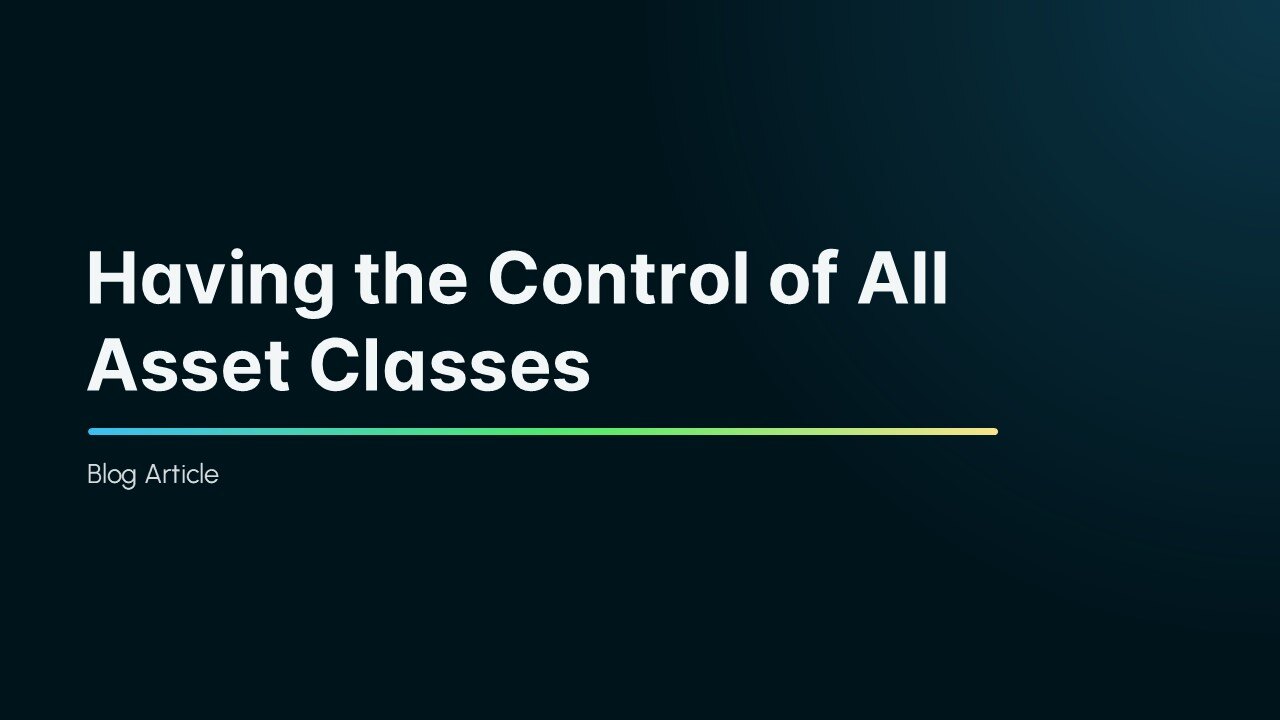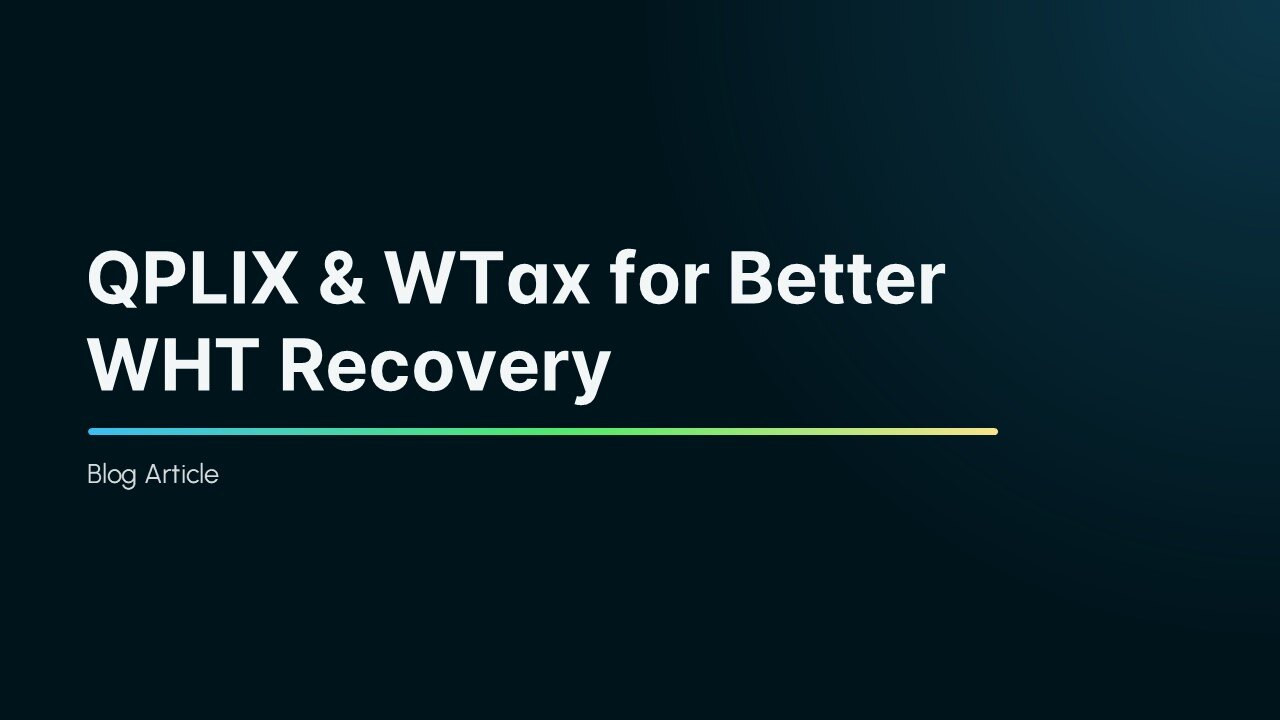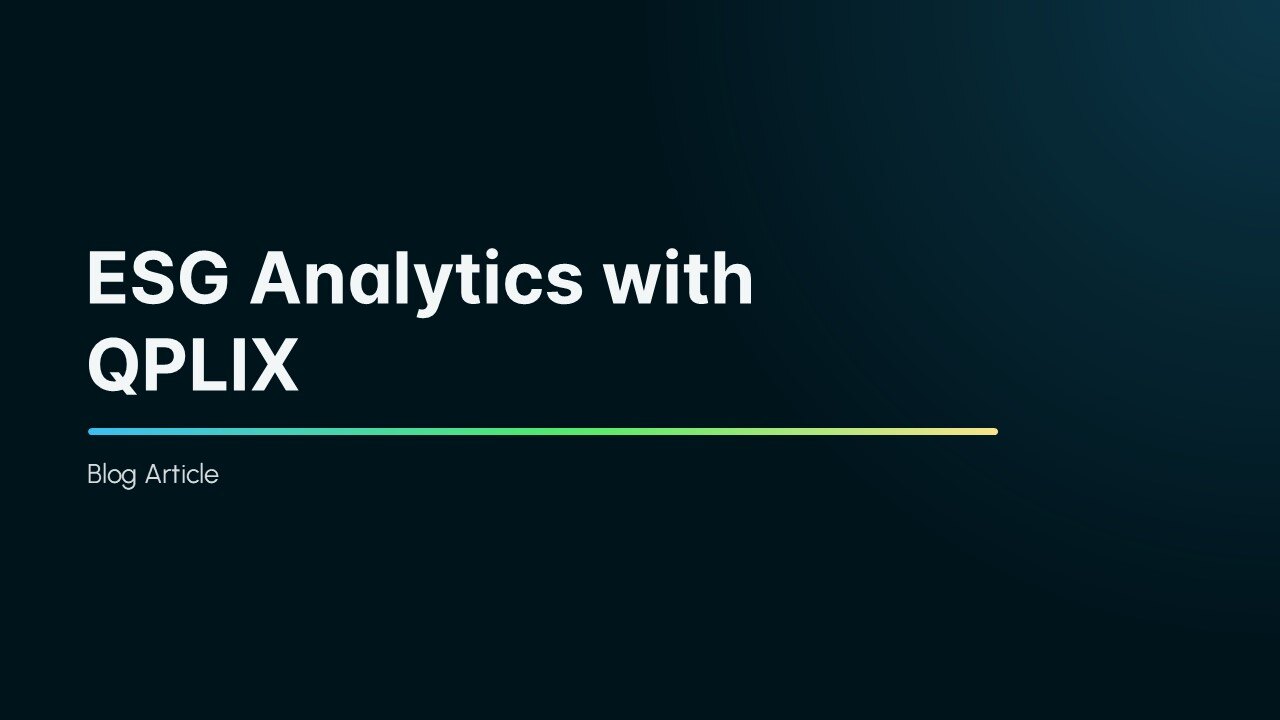From Direct Holdings to Art: QPLIX Offers Comprehensive Control of All Asset Classes

Efficient asset controlling is a basic requirement for large private estates and family offices in order to control and monitor all assets. It includes valuables, investment income, return and risk ratios and costs as well as tax parameters.
Strategic wealth management with real-time overview
An effective wealth controlling constitutes the fundamental requirement for large private fortunes and family offices in order for them to be able to control and steer their assets. Comparably to the corporate sector, this instrument enables transparency of assets, capital income, performance- and risk measures, costs as well as tax parameters. This information system is a central element of risk management and wealth retainment. Only with efficient controlling mechanisms, one can define, implement and track a strategic asset allocation. Customers expect and require this information to be available in wealth reports and online in current form and in real time. Thus, a fundamental component of digital wealth controlling is an advanced software solution.
Due to the high requirements regarding discretion and data security. The advantages of QPLIX, are for instance that “Shared Working” is enabled via the internet, that data is available in real-time and that users can individually define and configure all asset classes. An increase in self-initiative and -decisions among asset holders and family offices supports this change: from the old-established systems to innovative and advanced software solutions. The trend towards illiquid investments, real estate, private equity and direct holdings increases the requirements for a modern controlling as well. Lastly, generation succession and the involvement of “digital natives“ give rise to the demand for readily and securely available information from everywhere and at everytime.
Modern wealth controlling stands for highest data security
Modern wealth controllingstands for highest data security, -availability in real time and -sharing, meaning co-working and portable features. Ideally, asset holders, family office agents, investment committee or advisors all work on the same information basis, directly via the same IT system with individual access rights. Furthermore, it is necessary that all existing asset classes can be mapped and controlled: Besides equity this also includes real estate, direct holdings, private equity funds and hedge funds as well as derivatives. Many asset holders also want to include cars and oldtimers, yachts and airplanes as well as art. Each asset class should deliver the information, which is considered necessary by the investment manager in order to make decisions and to assess the respective asset class. For a large real estate object this for instance includes average remaining rental terms, vacancy ratios, rent indexations and rentee ratings. An US direct holding on the other hand exhibits data, such as share classes, their distribution and dilution calculations as well as a comparison of planned and actual numbers.
The analytics range is huge: It ranges from the consolidation across different family members and legal associations (as trusts / foundations, domestic as well as foreign holding structures) to the so called “slice and dice concept”. This notion implies that each asset, each asset holder or each individual transaction can be picked from the big picture and be analyzed from every angle and according to all kinds of different criteria. With an integrated document management feature, any document can be assigned to the asset – from booking transactions to photos or contract documents.
Particular added value arises when – as is inherent with WTS – an integrated system can be developed between the reporting according to market values and the tax compliance of the assets. Modern programs, such as QPLIX, offer electronic interfaces to Excel and tax consultant softwares such as DATEV and others. In addition, it is possible to create evaluations according to market value or tax determination rules. The prerequisite is a uniform database of assets. As a result, the same system provides tax revenue statements and data that any tax adviser can translate into the legally required tax returns of the total assets and their owners. Thus, the essential components of a Tax-compliance-system are covered in the Family Office. Reporting under the tax law of another country or according to IFRS principles is also essentially possible. Inquiries from authorities at home and abroad can be delivered in this way at short notice and sometimes “at the push of a button”. They are to be expected both nationally and internationally in the wake of the strong expansion of the OECD agreements on intergovernmental information exchange. The management of the family office thus lives up to its responsibility and can prove that it has installed an adequate system to ensure that all legal obligations are fulfilled.
From wealth reporting to a modern online controlling tool
Wealth managers and tax firms replace paper-based, backward-looking asset reporting by modern, digitally enhanced controlling and risk management tools. Owners and family offices can make decisions quickly and with real-time overview, especially in hectic market times. A modern asset controlling also supports them with information and transparency in the transfer of wealth and succession. The instrument is a gain for the constructive and professional cooperation of all involved parties and institutions around the assets to be managed.



